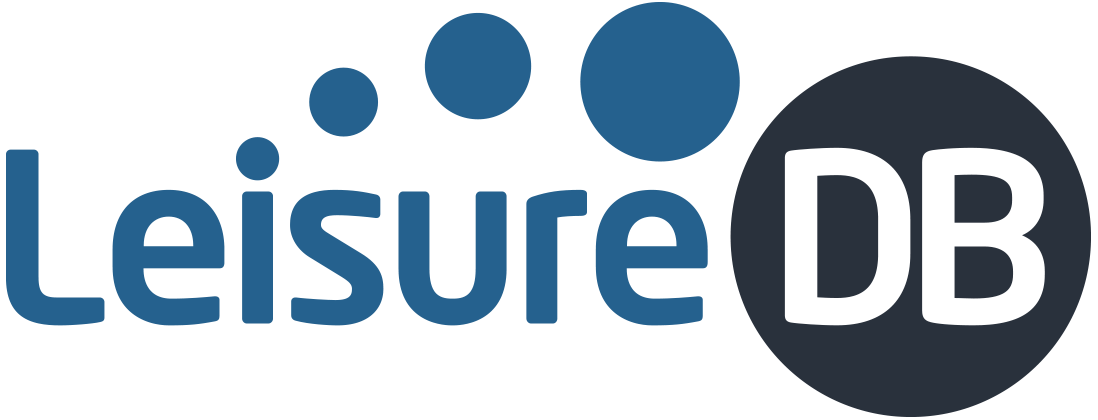In this month's Health Club Management (Issue 3, 2017, pg.61-62), the social media manager at Xercise4Less discussed what lead them to win our Social Media Fitness Index Q2, Q3 & Q4 2016 reports.
Xercise4Less consistently posts about the success of its members on its various social media channels...
Joe Hall writes...
"We live in an era where people can turn themselves into a squeaky talking fox on Snapchat, or hit an ‘angry’ button at a piece of news content on Facebook. In fact, the nature of what you can do has become so varied that the whole concept of ‘social media’ – what exactly this now is – becomes quite hard to define.
I’d consider social media to be a mass get-together which no longer takes place in the park or in the pub, but in a Millennial third space: online. There might not be a see-saw or a pint of Tetley’s Smooth Flow in sight, but humans interact in this digital social media space in much the same way as they do offline in the local park or pub. That’s a result of psychological traits and human instinct.
But social media goes one step further: it amplifies human behaviour. It cuts out the routine, unexciting, dreary, monotonous matters that happen in the real world and just gives us the more dramatic, action-packed, high-end pleasure or high-end pain experiences.
As marketing decision-makers, we need to respect that the end consumer on social media is out for the thrills and spills. They’re certainly not scrolling through Twitter, Instagram or Snapchat to bask in any dullness or absorb meaningless promotional waffle.
At Xercise4Less, it’s my duty to ensure our social media appeals to our audience’s wants and needs. I’ve outlined four ways in which we do this.
- Deliver emotional conten
- Contests and gift
- A sense of belongin
- Post for your audience
Even when Xercise4Less was nominated for the Best Use of Social Media by the Leisure Database Company, we ensured the announcement was very much all about our members.
What lies ahead for the world of social media?
...Human behaviour and psychological traits should always be at the heart of any social media and marketing strategy".
Original source: Health Club Management






